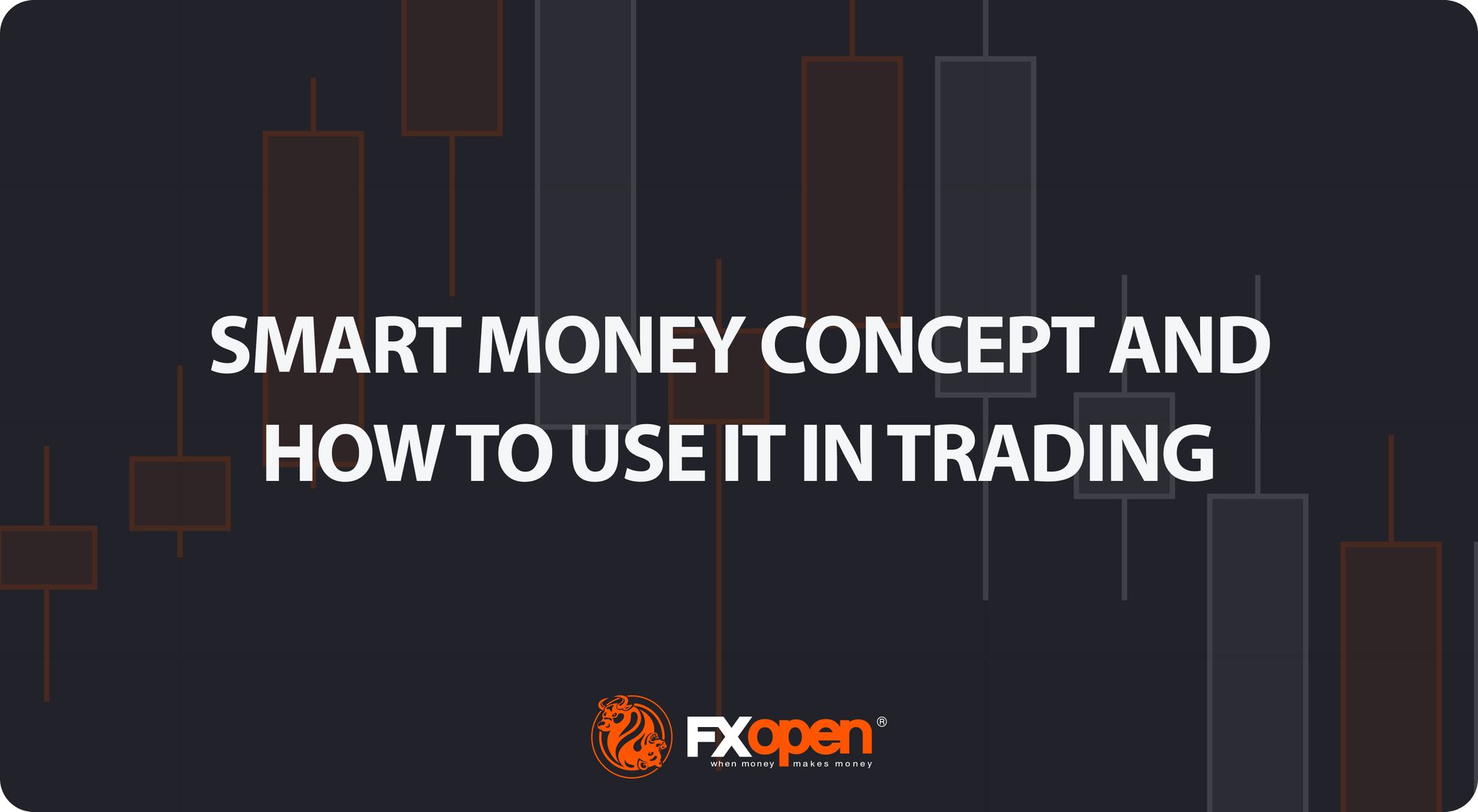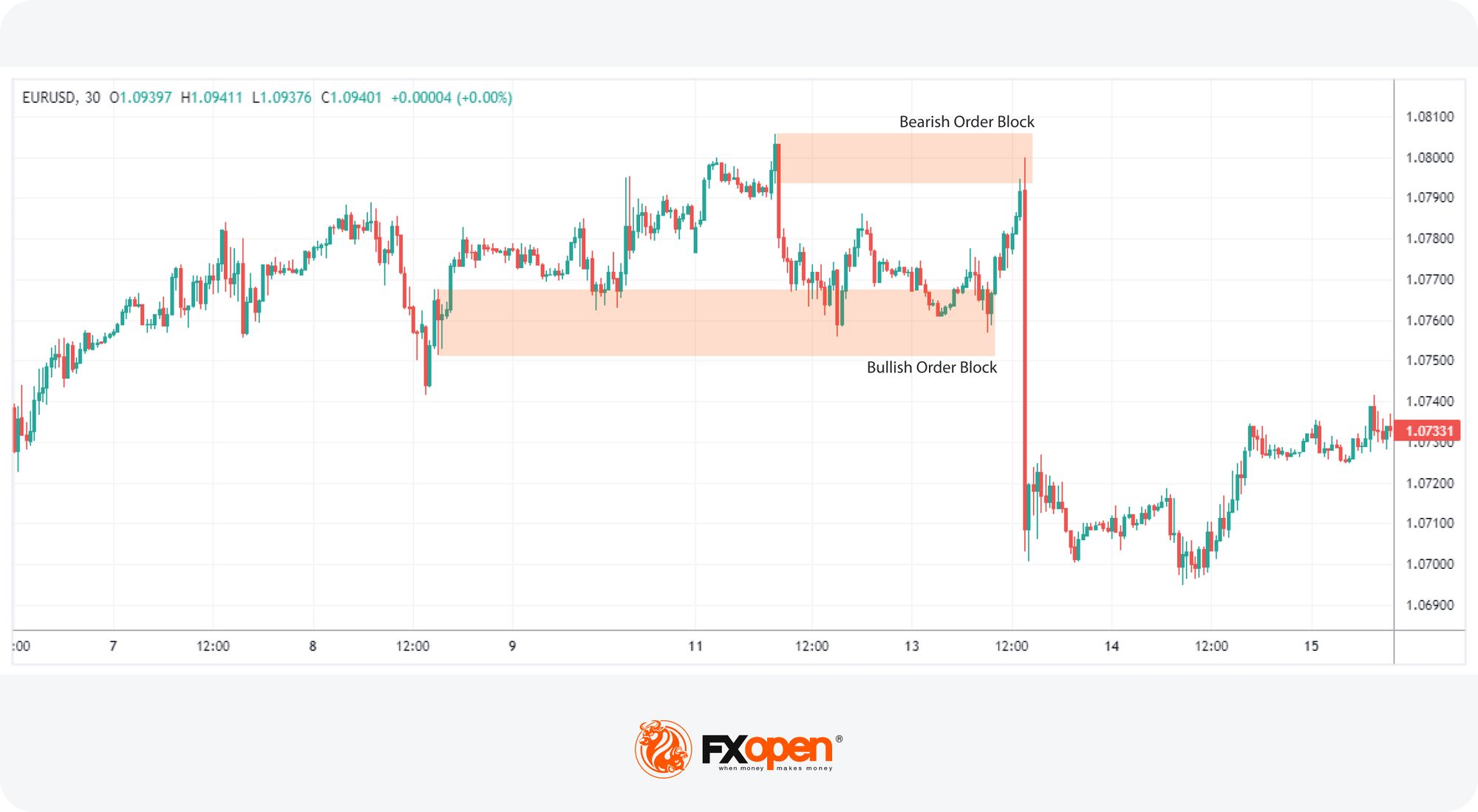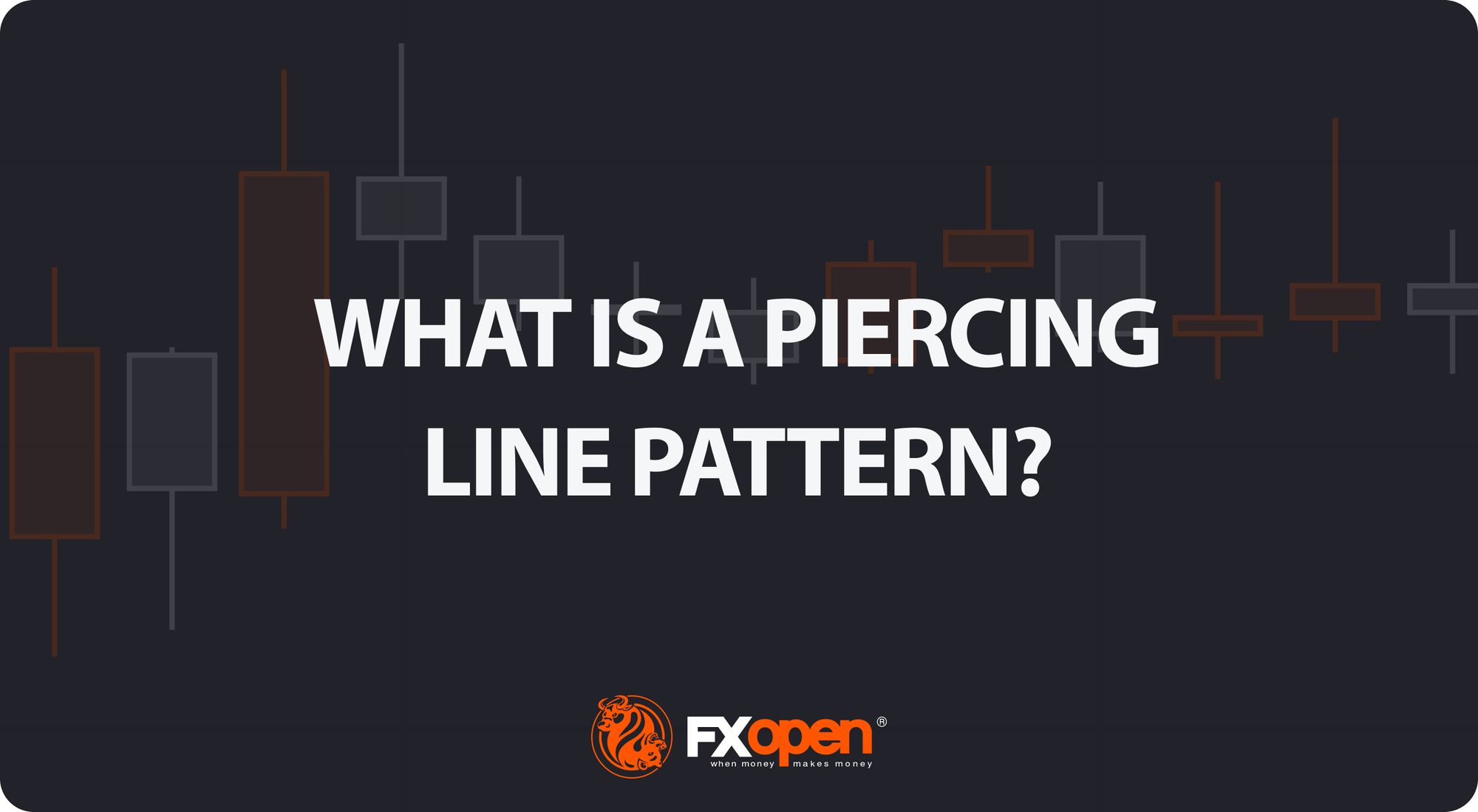FXOpen

In the world of forex trading, understanding the movements and strategies of the market's most influential players like banks and hedge funds—termed "smart money"—can provide retail traders with a significant advantage. This FXOpen article offers a deep dive into the Smart Money Concept, discussing how institutional investors influence market trends and how retail traders can align their strategies with these market movers for potentially better outcomes.
Understanding the Smart Money Concept
The Smart Money Concept (SMC) centres on the principle that the movements of large institutional investors in financial markets can offer valuable clues to retail traders about future market trends.
These institutional investors, often referred to as “smart money,” include banks, hedge funds, and investment firms, wielding significant capital power to influence market directions. The core of SMC lies in the belief that by observing and understanding the trading behaviours and patterns of these entities, retail traders can align their trading strategies to potentially tap into more favourable results.
In essence, SMC is not merely about following the “money” but understanding the strategic placements and movements of these large volumes of capital. Institutional investors typically conduct extensive research and possess a deep understanding of the market dynamics before making substantial trades.
Their actions, therefore, are often indicative of a broader market sentiment or an impending significant market move. By deciphering these signals, retail traders can gain insights into market trends before they become obvious to the wider market.
Understanding SMC requires a shift in perspective from focusing solely on technical indicators and price action to considering the market's psychological and strategic elements. For retail traders, leveraging the Smart Money Concept means navigating the market with a more informed approach, using the trails left by institutional investors as a path to smarter trading decisions.
Ideas in Smart Money Concept
The Smart Money Concept introduces several foundational ideas that provide traders with a framework to interpret market movements through the lens of institutional activities.
Order Blocks
Represent areas where institutional investors have placed significant orders, usually in the form of a range. These blocks often precede a strong market move in the direction of the block, serving as a signpost for areas of interest to “smart money.” When the price returns back to this zone, it’ll often reverse (similar to an area of support or resistance).

Breaker Blocks
These are essentially failed order blocks. When an order block fails to hold the price, it breaks through, potentially indicating that the “smart money” direction has changed. When the price breaks above or below the order block, it can then act as a barrier for prices in the future (similar to the way an area of support can become resistance and vice versa).
Breaks of Structure (BOS)
A BOS occurs when the price surpasses a significant high or low, indicating a potential change in market trend. It signifies the end of one market phase and the beginning of another, offering clues about “smart money”’s influence on market direction. Recognising BOS can be crucial for determining trend direction.
Change of Character (ChoCH)
This concept refers to a notable alteration in the market's behaviour, often seen through an abrupt increase in volatility or a shift in price direction. A ChoCH usually follows a BOS, confirming a potential trend reversal and suggesting a new phase of market sentiment driven by institutional activities.
Fair Value Gaps (Imbalances)
These gaps represent areas on the chart where price moves quickly through, leaving a gap that indicates an imbalance between supply and demand. Institutional traders often target these gaps for potential returns, so prices tend to move back to fill them over time.
Liquidity
In the context of SMC, liquidity refers to the areas where “smart money” is likely to execute large orders due to the availability of opposite market orders. These are areas where stop losses and stop orders (to capture a breakout) are likely resting, usually around key highs or lows, trendlines, and equal highs/lows. The concept states that “smart money” is likely to push the price into these areas to execute large orders before the true market direction unfolds, as in a bull or bear trap.
Accumulations/Distributions
These phases indicate the period during which “smart money” is either accumulating (buying) or distributing (selling) their positions. Rooted in the Wyckoff theory, an accumulation occurs at lower price levels, often before a significant uptrend, while distribution takes place at higher price levels, typically before a downtrend. Identifying these phases can provide insights into the future market direction favoured by institutional investors.
Steps to Trade Smart Money Concepts in Forex
Trading SMC requires a nuanced understanding of market dynamics and the ability to interpret signs of institutional involvement. Below, we’ll take an overview of the approach. Traders can apply these steps to real-time forex charts on FXOpen’s free TickTrader platform.
Determining the Trend Using Breaks of Structure (BOS)/Change of Character (ChoCH)
Traders can identify the market trend by observing BOS and ChoCH. A trend is typically recognised by a series of higher highs/higher lows (uptrend) and lower lows/lower highs (downtrend).
Trend continuation is seen when there's a clear BOS, where the price surpasses a significant high or low, signalling a shift in market direction. Following this, a ChoCH, an abrupt change in market behaviour, may confirm the new trend. Identifying these elements allows traders to align with the market's momentum, providing a strategic framework for setting a direction.
Identifying an Order Block

The next step involves pinpointing areas where institutional traders are likely participating, often signalled by a BOS or ChoCH. Traders look for the range that initiated this shift (marking an order block), with increased odds of accuracy if there's a pronounced move away from the range to create a fair-value gap or if it aligns with a breaker block.
The presence of liquidity near these points, or if it was targeted to initiate the BOS or ChoCH, can further validate the significance of the order block. This phase is crucial for understanding where large volumes of trades are being placed and where the price may revisit before continuing the trend.
Finding an Entry Point

Once an order block is identified, finding a strategic entry point becomes the focus. Traders typically either position limit orders at the edge of the block or await specific candlestick patterns, such as hammers, shooting stars, or engulfing candles. These signals suggest a possible continuation of the trend, providing a cue for entry. However, other tools, like Fibonacci retracements or indicators, can also be used to identify an entry point within SMC.
SMC vs Price Action
The Smart Money Concept and price action are both popular trading strategies, yet they approach the market from distinct angles. Price action focuses on analysing past and present price movements to identify patterns or trends without considering external factors. It relies heavily on candlestick patterns, chart formations, and support and resistance levels, making it a strategy based on the technical aspects of trading. This approach is favoured for its simplicity and direct reliance on price data, allowing traders to make decisions based on the immediate market environment.
On the other hand, SMC trading delves deeper into the underlying market dynamics, emphasising the influence of institutional investors or “smart money.” It seeks to identify where these major players are likely to enter or exit the market, using concepts like order blocks, liquidity zones, and fair value gaps. Smart money strategies are grounded in the belief that understanding the actions of institutional traders can give retail traders insights into potential market movements before they become apparent to the wider market.
While price action is straightforward and relies purely on technical analysis, SMC incorporates a more strategic view, considering the psychological and strategic manoeuvres of the market's most influential participants.
Traders might find price action appealing for its clarity and focus on the charts, whereas SMC offers a deeper, albeit more complex, analysis of market forces. Integrating the two can provide a comprehensive trading strategy, leveraging the simplicity and technical focus of price action with the strategic depth offered by SMC.
The Bottom Line
The Smart Money Concept bridges the gap between retail traders and the elusive strategies of institutional investors, offering a structured approach to deciphering market movements. By understanding and applying SMC principles, traders can navigate the forex market with potentially greater insight and confidence. Opening an FXOpen account provides an excellent avenue for traders eager to apply these advanced concepts in a live trading environment, setting the stage for more informed and strategic trading decisions.
FAQs
What Is the Smart Money Concept?
The Smart Money Concept (SMC) is a trading strategy focused on understanding and leveraging the market movements initiated by institutional investors, such as banks and hedge funds. It posits that by identifying the trading behaviours of these major players, retail traders can make more informed decisions.
What Is SMC Strategy in Trading?
The SMC forex strategy involves identifying patterns and signals that indicate the involvement of institutional investors. This includes analysing order blocks, liquidity zones, breaks of structure (BOS), changes of character (ChoCH), and fair value gaps. By aligning with these signals, traders aim to position their trades in harmony with the actions of the “smart money.”
Which Timeframe to Use for SMC Trading?
The choice of timeframe in SMC trading should align with the trader's goals and strategy. Short-term traders may prefer 1-hour or 4-hour charts for quicker insights, while long-term traders might opt for daily or weekly charts to capture broader market trends influenced by institutional movements.
Is SMC Better Than Price Action?
SMC and price action cater to different aspects of market analysis. While a smart money strategy focuses on institutional movements, price action concentrates on the patterns formed by the price itself. Neither is inherently better; their effectiveness depends on the trader's strategy, market understanding, and comfort with the concepts. Integrating both can offer a comprehensive approach to market analysis.
This article represents the opinion of the Companies operating under the FXOpen brand only. It is not to be construed as an offer, solicitation, or recommendation with respect to products and services provided by the Companies operating under the FXOpen brand, nor is it to be considered financial advice.






